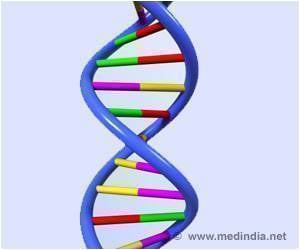HSCT recipients are more prone to a relapse of caner in the following cases, if they were older at the time of tranplant, if the stem cells are from a female donor.
When everyone thought that Hematopoietic stem cell transplant could help in fighting cancer, a recent study issued an alarming finding. According to this, if HSCT recipients are more prone to a relapse of caner in the following cases:
a. if they were older at the time of tranplant
b. if the stem cells are from a female donor.
Myeloablative, allogeneic HSCT is an effective standard therapy for specific life-threatening diseases, such as leukemia or myelodysplastic syndrome, for which blood cell lineages (which originate principally in the bone marrow and circulate in the blood) are abnormal. Destroying the patient's own unhealthy stem cells in the bone marrow and replacing them with a compatible donor's stem cells offers the chance of cure for a disease that otherwise has a high mortality rate with non-transplant therapies. While the procedure can be lifesaving, it is associated with serious short-term adverse effects, such as mucostitis, infections, and liver vascular obstruction as well as the potential long-term complication of developing of a second, usually solid cancer.
To estimate the risk and identify risk factors associated with this outcome, Genevieve Gallagher, M.D. and Donna L. Forrest, M.D. of the BC Cancer Agency and the University of British Columbia, retrospectively reviewed the medical records of 926 patients treated with myeloablative stem cell transplants over an 18-year period.
They found that at their institution the 10-year incidence of second cancers in these patients was 3.1 percent. When nonmelanoma skin cancer and carcinoma in situ of the cervix were excluded, incidence was 2.3 percent. That risk was 1.85 times that of the general population. The median time to diagnosis was almost 7 years after transplant. The most commonly reported second cancers were cancers of the skin (basal and squamous cell), lung, oral cavity, and colon.
Furthermore, data analysis showed that the risk more than tripled for patients who received their transplant when they were over 40 years of age. The study also identified a new risk factor: patients who received stem cells from a female donor had almost quadrupled the risk of a second solid cancer, a risk that further increased when the patient was male. "This observation has not been previously reported in the literature and the explanation for this finding is uncertain," say the authors.
"Since the risk of developing a solid neoplasm post-allogeneic transplantation continues to increase with time," suggest the authors, "extended follow-up will be needed to more fully assess the incidence and risk factors for their development."
Advertisement
SRM





